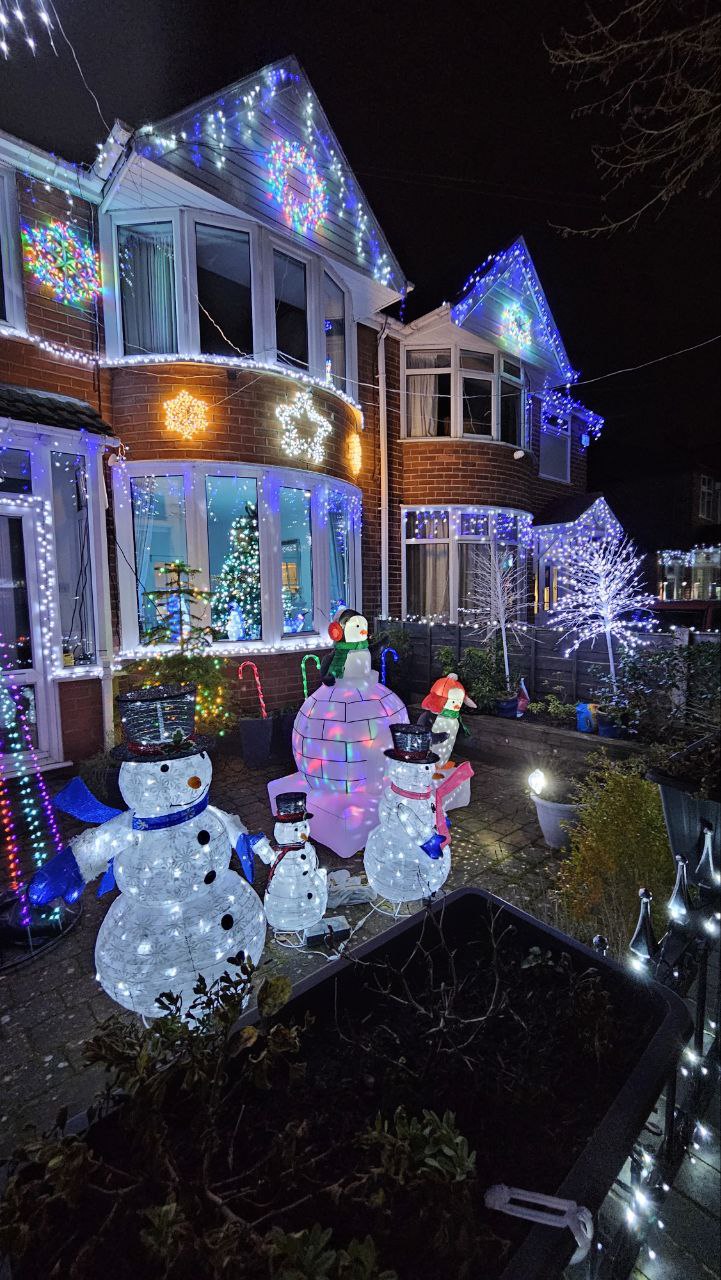Master’s Seminar Presentation in Space Engineering Held at Space Research Laboratory
admin 2024-07-24T05:12:55+00:00On July 21, 2024, the presentation of a seminar course for master's degree students in space engineering took place at the Space Research Laboratory. Five students presented their research projects. The students who presented were Moein Nazarabadian, Niloofar Parvaneh, Maryam HomayonNejad, Reza Seratjo, and Arshia Moftakharihajimirzaei. Each student shared their research topic with the audience.










